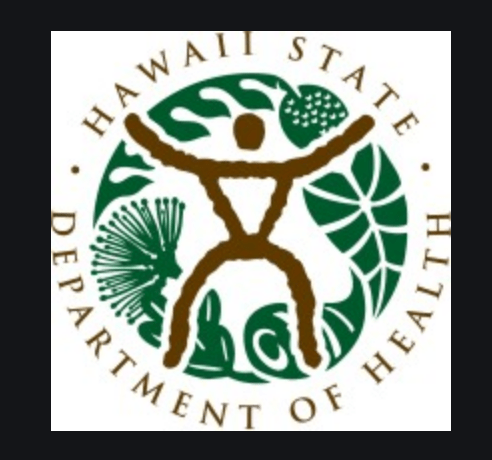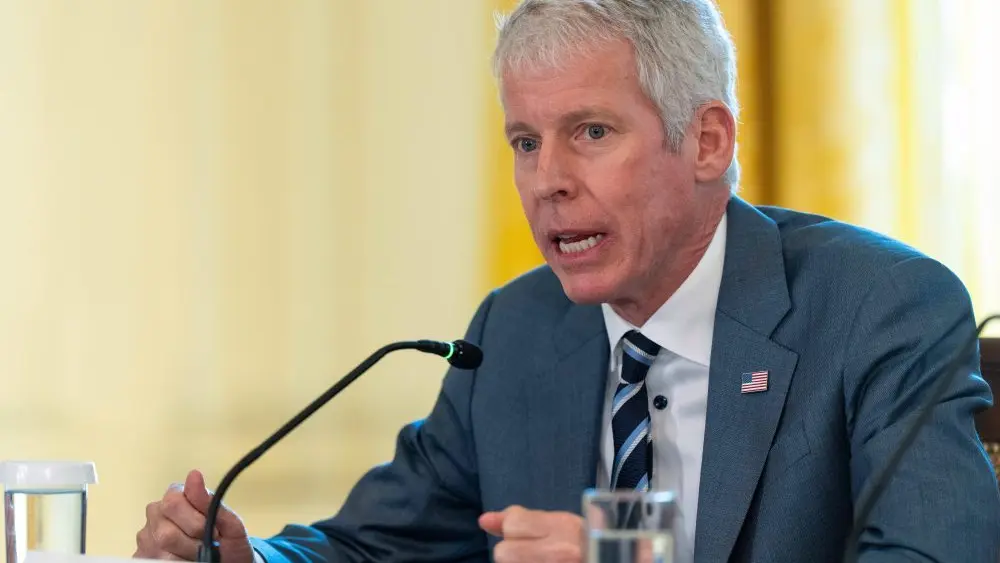Hawaiʻi has once again been recognized as one of the healthiest states in the nation, achieving second place overall in the 2025 Scorecard on State Health System Performance, released on June 18 by The Commonwealth Fund.
The annual report evaluates all 50 states and the District of Columbia on 50 key indicators of health system performance, including access to care, health outcomes, equity, and prevention.
Hawai‘i ranked among the top five states in the following categories:
- Access and affordability, which assesses whether residents can get the care they need without financial hardship. It includes insurance coverage rates, out-of-pocket costs, medical debt, and access to essential services like dental care.
- Avoidable hospital use and cost, which tracks hospital and emergency room visits that could have been prevented with timely care, including 30-day readmissions. It also examines per-person healthcare spending and the share of spending going toward primary care.
- Healthy lives, which measures the overall health outcomes of residents, including preventable deaths, infant mortality, chronic disease, substance use, mental health, and health behaviors like smoking and obesity.
- Income disparity, which compares how well the health system serves low-income residents versus those with higher incomes. It highlights gaps in care access, quality, and outcomes based on income level.
- Racial and ethnic equity, which measures disparities in access, quality of care, and health outcomes for Black, Hispanic, Native Hawaiian and Pacific Islander, Asian American, and American Indian/Alaska Native populations.
While Hawai‘i performed strongly in most categories, the report identified several areas where performance declined both in the state and nationwide. Among them:
- Vaccinations: A lower percentage of adults received age-appropriate flu and pneumonia vaccines. Fewer children in low-income households received recommended vaccines (DTaP, PCV, Hib, HepB, IPV, MMR, VAR).
- Medical home: A lower percentage of children had a “medical home,” or comprehensive, coordinated, patient-centered health care.
- Mental health for children: A higher percentage of children did not receive needed mental health care.
The Commonwealth Fund created this annual scorecard using 50 measures across five dimensions, with data extending to 2023. The full report and state-specific findings are available at commonwealthfund.org.





